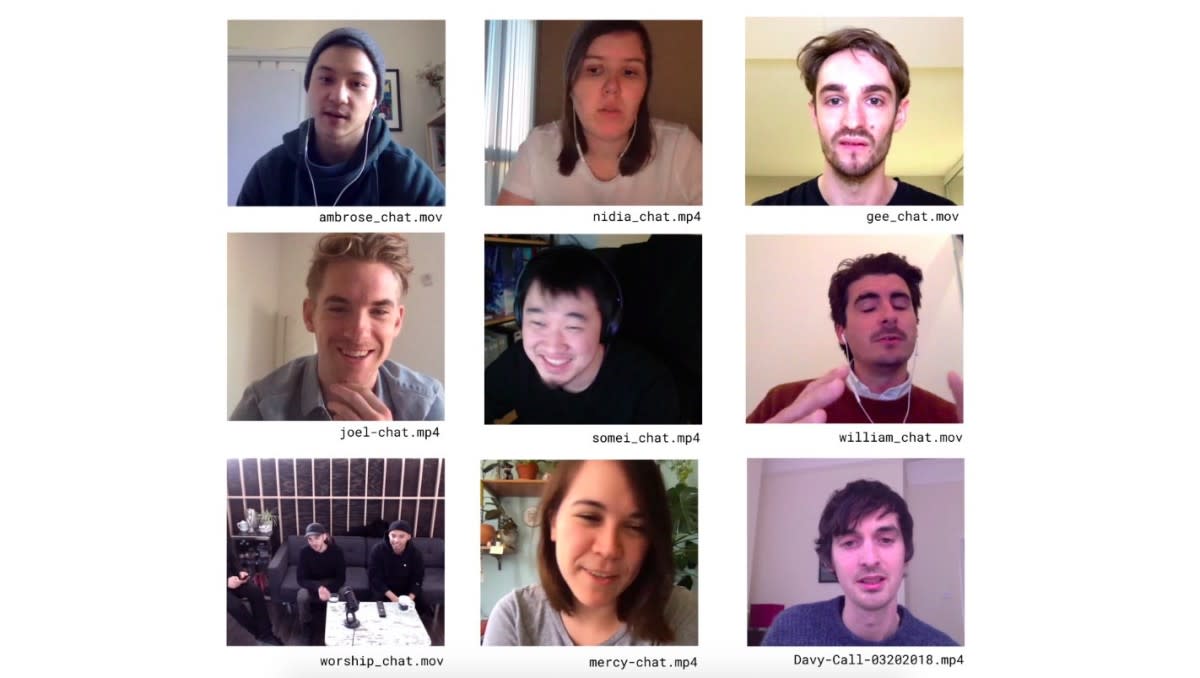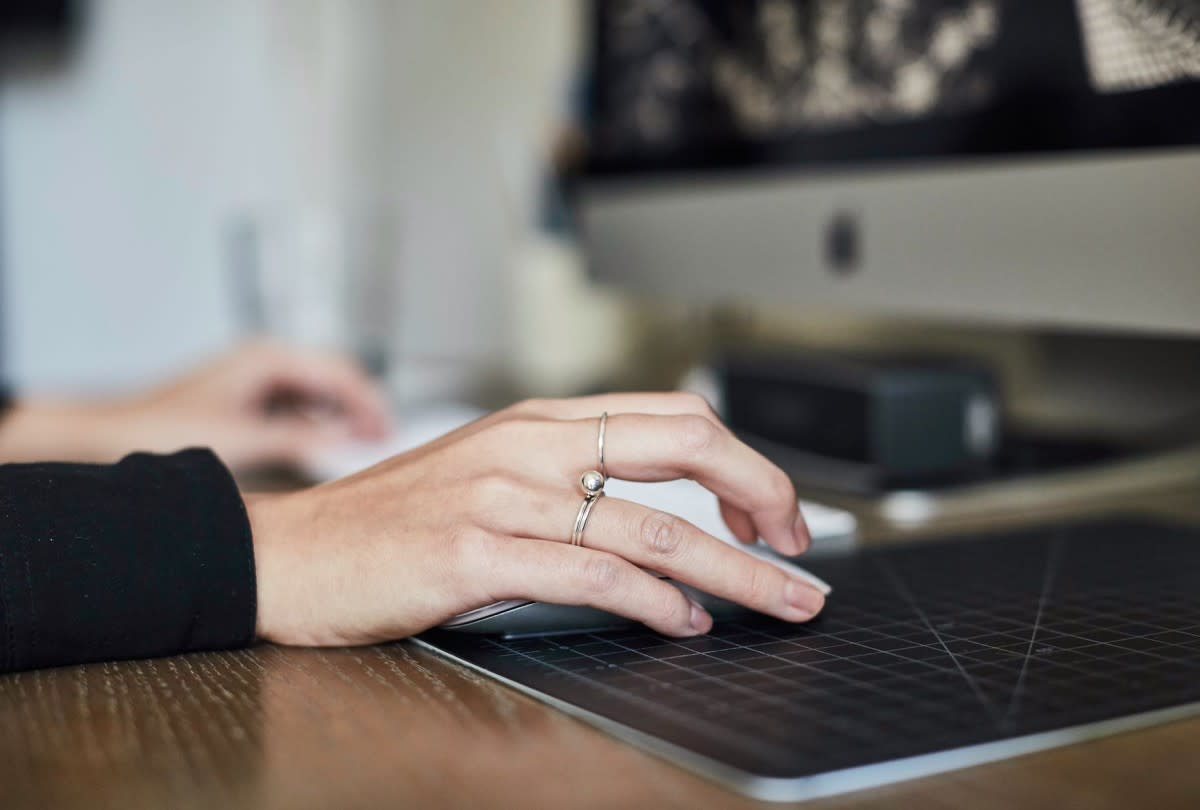No Sleep Till Sydney: Part II
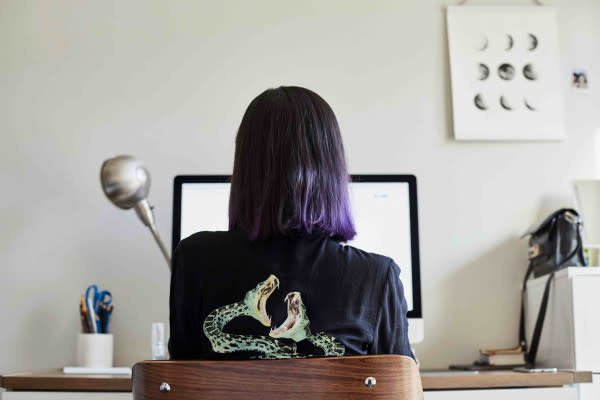
In the second of a four-part series in collaboration with Dropbox, we're introducing Semi Permanent Sydney 2018 title designer Joyce N. Ho on her journey of creation.
We’re experimenting with how type can complement or frame its context. I think it will lead to an interesting duality when everything comes together.
Nicolas Girard, Worship
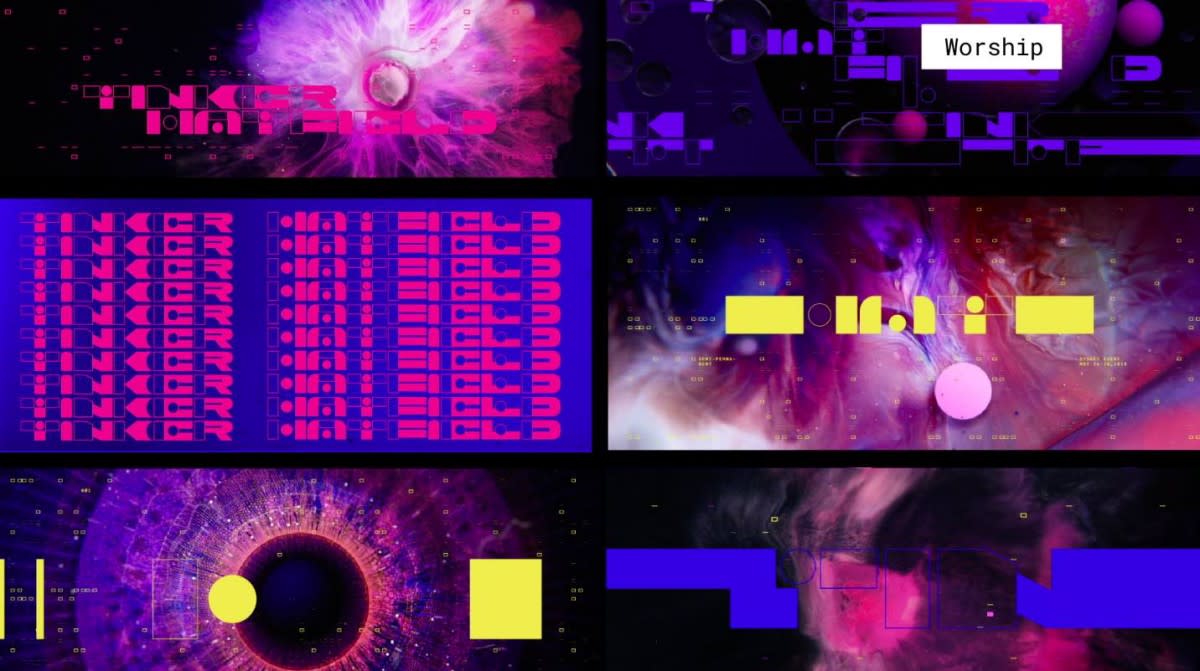
Seeing the skill level of everyone on the team definitely pushed me to work harder, and Joyce was great at keeping the inspiration flowing.
Davy Evans
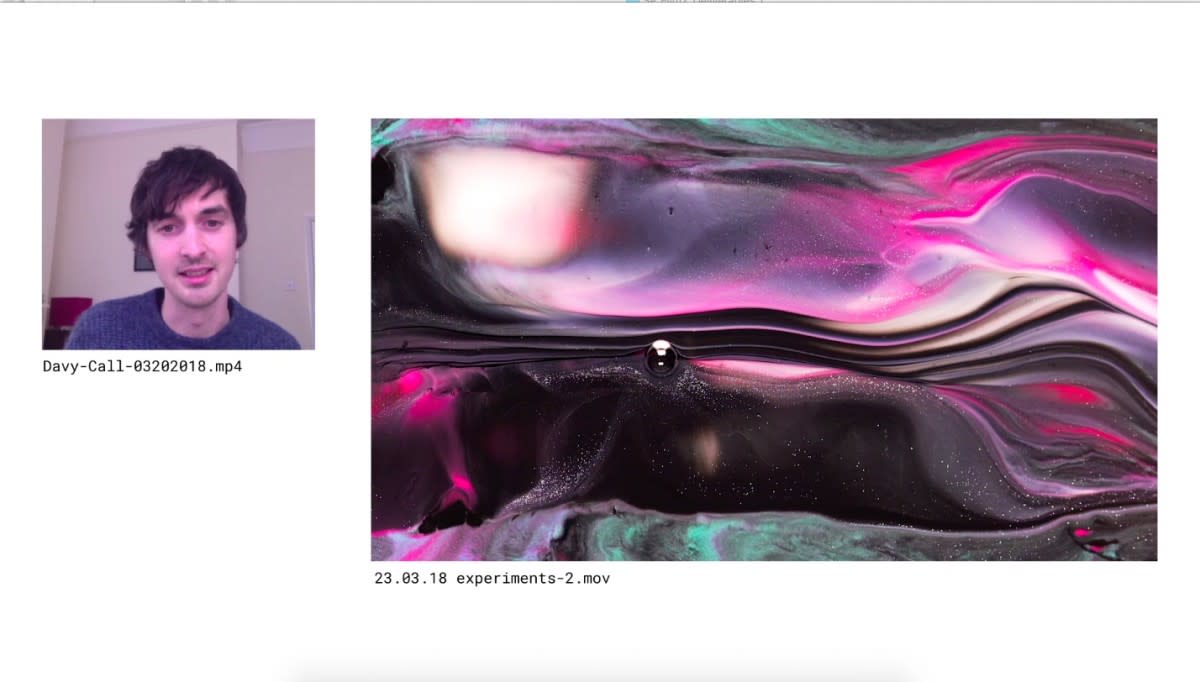
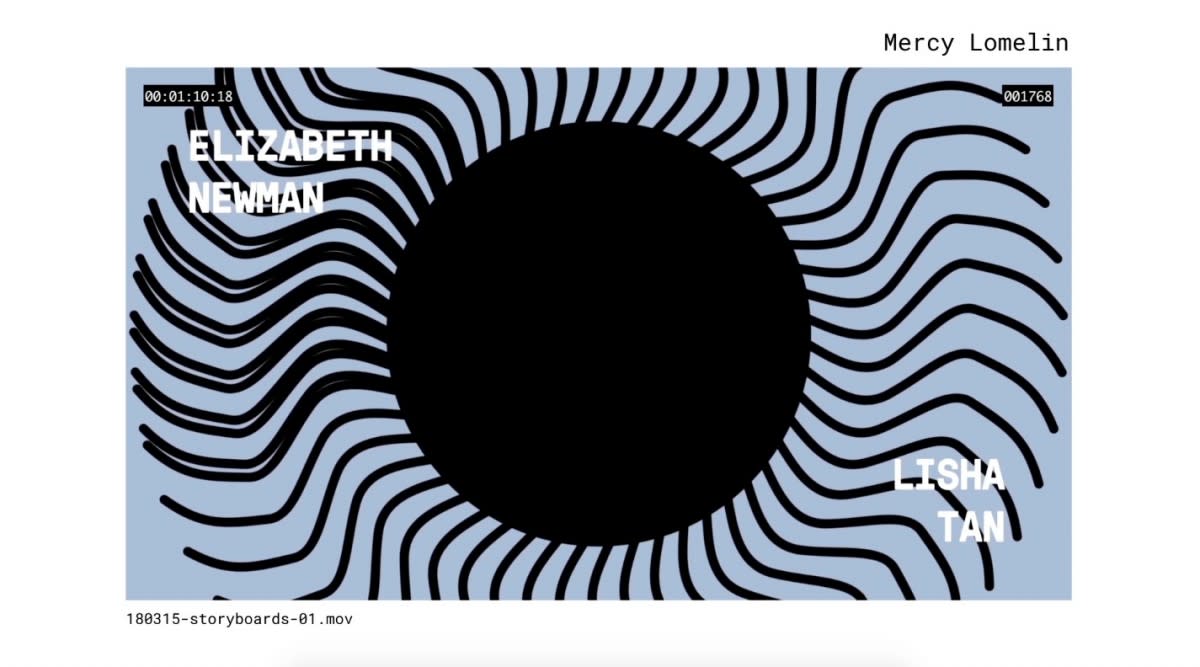
The only universal principle of successful collaboration is good communication. Know your collaborator’s intent, goals, and strengths and make sure they know yours.
Nicolas Girard, Worship
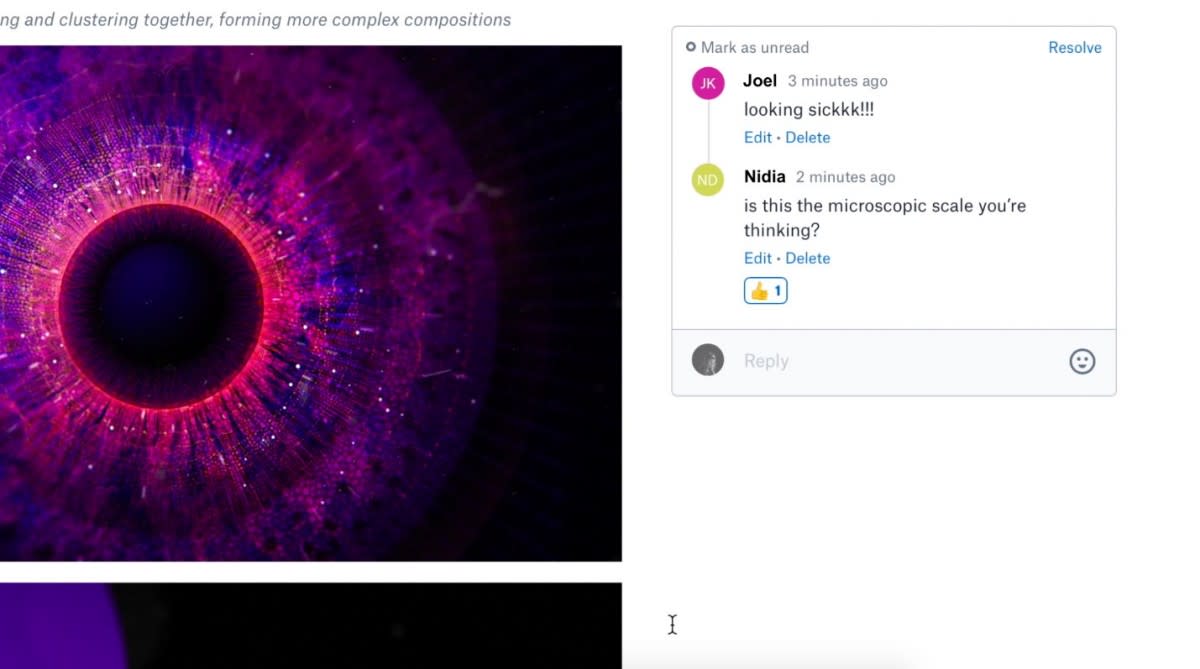
There’s only a handful of times in your professional life that you get the freedom to assemble a team like this one.
Joyce N. Ho
